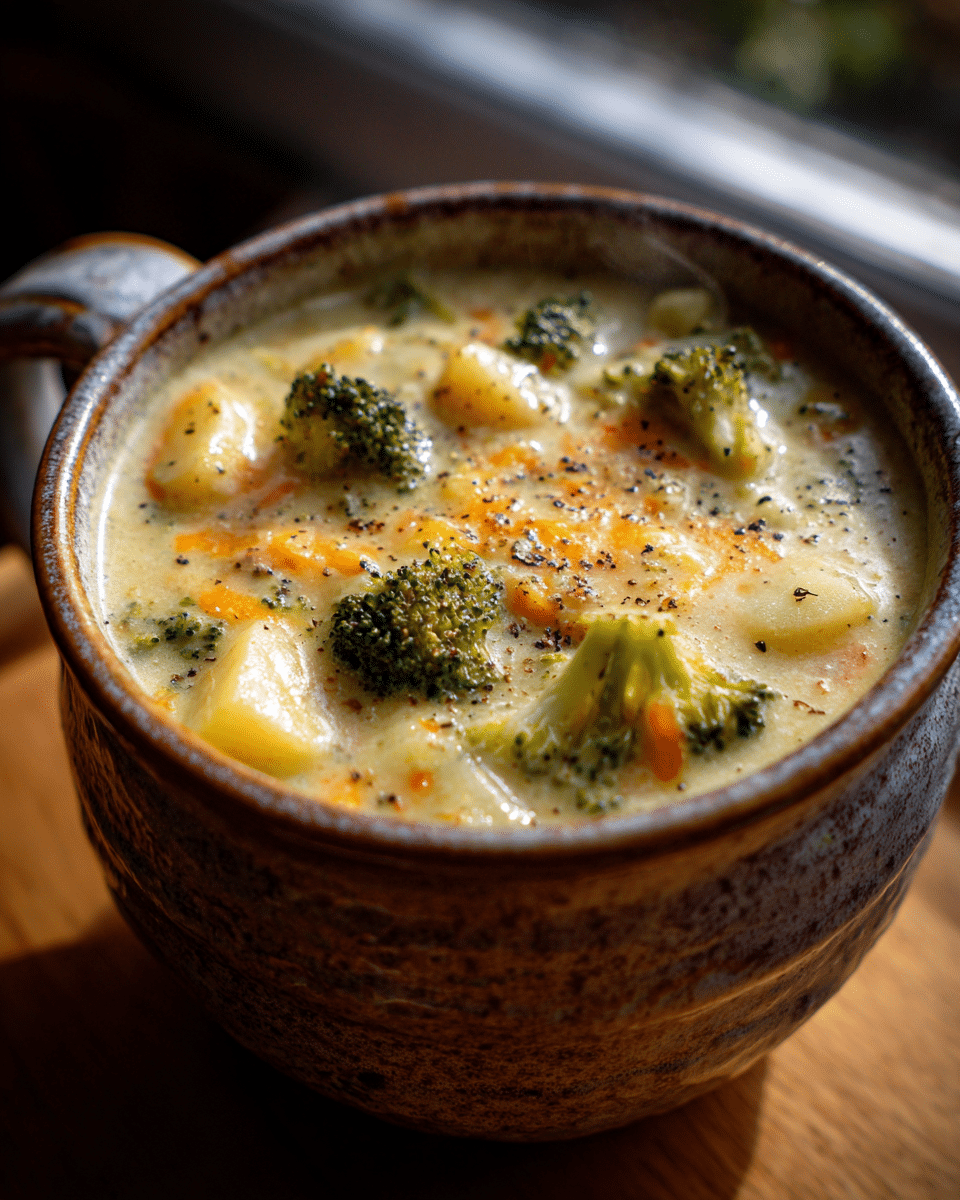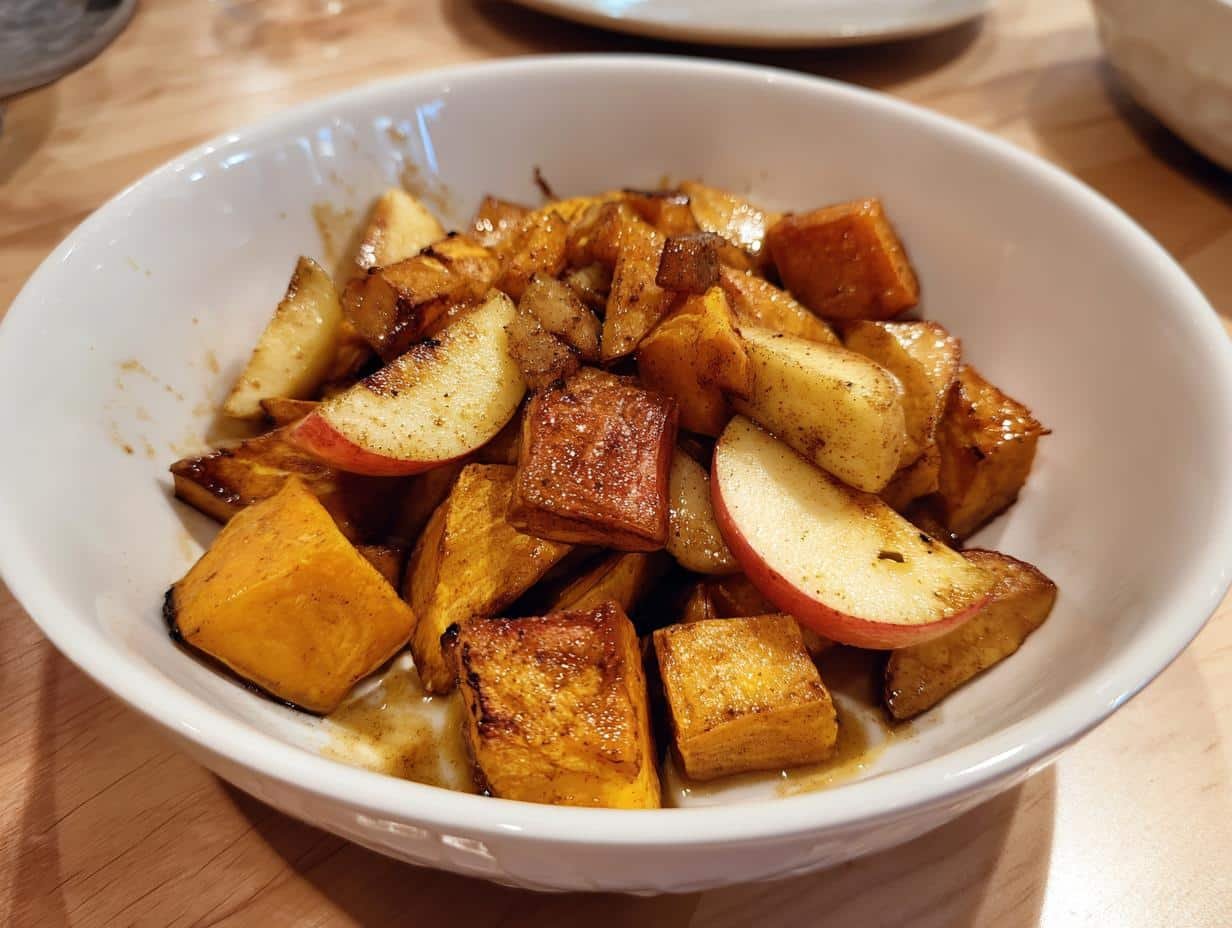Diving into the heart of Polish culinary tradition, we embark on a flavorful journey to explore the quintessential Polish sausage: kielbasa. This article peels back the layers of history, tradition, and modern adaptation to serve you a comprehensive guide on what kielbasa is traditionally served with. From the smoky aroma of the grill to the tangy crunch of sauerkraut. We’ll uncover the secrets behind this beloved sausage’s perfect pairings. So, buckle up. As we take you through a delicious exploration that promises to tantalize your taste buds and enrich your cooking repertoire.
Introduction to Kielbasa
Overview of Kielbasa
Kielbasa, a word that rolls off the tongue as smoothly as the sausage itself slides off the grill, stands as a towering pillar of Polish cuisine. This delectable sausage, with roots deeply embedded in Polish tradition. Has danced its way across the globe, finding a place in hearts and on dinner plates far beyond its homeland.
At its core, kielbasa is more than just a sausage; it’s a cultural icon, a symbol of Polish hospitality and culinary prowess. Originating from a land where the hearth is the heart of the home, kielbasa embodies the warmth and richness of Polish culture. Made traditionally from pork, though variations now include turkey and beef, this sausage is seasoned with a symphony of spices such as garlic, marjoram, salt, and pepper, each note playing its part in creating the kielbasa‘s distinctive flavor.
In the bustling markets and quiet kitchens of Poland, kielbasa is not just food; it’s a celebration of heritage and craftsmanship. Each variety, from the smoked Kiełbasa Krakowska to the fresh Kiełbasa Biała, tells a story of regions, traditions, and family recipes passed down through generations. It’s this rich diversity that makes kielbasa a versatile star in the culinary world, capable of taking center stage in a variety of dishes.
Yet, for all its fame and flavor, kielbasa remains a humble dish, accessible to all and adaptable to many tastes and occasions. Whether served at a festive gathering or a simple family meal. It brings people together, offering a taste of Polish hospitality that is as generous as it is delicious.
So, as we delve deeper into the world of kielbasa, let’s savor not only the taste but also the tradition and the stories woven into every bite.
Traditional Serving Methods
Cooking Techniques
When it comes to bringing out the rich flavors of kielbasa, the cooking method plays a pivotal role. Traditionally, this Polish sausage is either smoked or fresh and can be prepared in a myriad of ways. Each method unlocking a unique taste and texture. Frying kielbasa in a pan over medium heat creates a crispy exterior that encases the juicy, flavorful meat within. Baking, on the other hand, offers a more subdued flavor profile, gently coaxing out the sausage’s natural aromas and spices. Grilling kielbasa is a summer favorite, imbuing the sausage with a smoky essence that’s hard to resist. Regardless of the method, the key is to cook kielbasa to perfection, ensuring it’s thoroughly heated while retaining its moisture and flavor.
Traditional Accompaniments
Sauerkraut
No discussion of kielbasa would be complete without mentioning its soulmate: sauerkraut. This fermented cabbage dish, with its tangy flavor and crunchy texture, complements the richness of kielbasa like no other. The acidity of sauerkraut cuts through the fat, balancing the sausage’s hearty nature and creating a harmonious blend of flavors. Preparing sauerkraut to accompany kielbasa is an art in itself, often involving slow cooking with spices and sometimes apples for a hint of sweetness. Served alongside kielbasa, sauerkraut not only adds a burst of flavor but also brings a wealth of health benefits, thanks to its probiotic properties.
Fried Onions
Another traditional accompaniment that elevates kielbasa to new heights is fried onions. The sweetness of caramelized onions pairs beautifully with the savory notes of the sausage. Offering a contrast that’s both delightful and unexpected. Cooking the onions slowly until they’re golden brown and tender ensures they release their natural sugars, creating a perfect topping or side for kielbasa. This combination, simple yet sophisticated, showcases the versatility of kielbasa and its ability to harmonize with a variety of flavors.
In the realm of Polish cuisine, kielbasa served with sauerkraut and fried onions is not just a meal; it’s a celebration of tradition, a testament to the art of cooking, and a reminder of the simple pleasures in life. These classic pairings, rooted in history and perfected over generations. Invite us to explore the rich tapestry of Polish culinary heritage and to savor the timeless flavors that define it.
Varieties of Kielbasa

Types of Kielbasa
The world of kielbasa is as varied as it is flavorful, with over a hundred types gracing the tables and warming the hearts of those who indulge in this Polish delicacy. Each variety tells a story, a narrative woven from the regions, traditions, and tastes of Poland. Let’s delve into some of the most beloved types of kielbasa, exploring their unique flavors and the culinary magic they bring to every meal.
Kiełbasa Wiejska (Farmhouse Sausage):
This is the rustic, hearty soul of the kielbasa family. Made from pork, sometimes mixed with wild game or veal, and seasoned with garlic, marjoram, salt, and pepper, Kiełbasa Wiejska is a testament to the simplicity and richness of country cooking. Its robust flavor and coarse texture make it a favorite among those who crave a taste of the Polish countryside.
Kiełbasa Biała (White Sausage):
In contrast to its smoked cousins, Kiełbasa Biała is fresh, uncooked, and unsmoked, typically made of pork shoulder. It’s a staple during the Easter season, often boiled with onions or added to soups. Its delicate flavor and tender texture offer a lighter option for kielbasa enthusiasts, proving that sometimes, simplicity is the ultimate sophistication.
Kiełbasa Myśliwska (Hunter’s Sausage):
For those who favor a bolder, more aromatic sausage, Kiełbasa Myśliwska is a treasure trove of flavors. Smoked and highly aromatic, often flavored with juniper berries, this kielbasa is as wild and untamed as the forests from which it draws its inspiration. It’s a favorite among adventurers and those who yearn for the taste of the hunt.
Kiełbasa Weselna (Wedding Sausage):

A celebration in sausage form, Kiełbasa Weselna is a twice-smoked pork sausage, garlicky and rich, traditionally served at weddings. Its festive nature and indulgent flavor make it a symbol of joy and community. A reminder of the gatherings and celebrations that mark the milestones of life.
Regional Varieties:
From the mountains to the sea, Poland offers a mosaic of regional kielbasa varieties, each reflecting the local flavors, ingredients, and culinary traditions. These sausages invite us on a gastronomic tour of Poland.
Exploring the varieties of kielbasa is akin to embarking on a Kielbasa Recipes, discovering the stories, traditions, and flavors that make this sausage a beloved staple of Polish cuisine. Each type of kielbasa invites us to savor the craftsmanship and heritage that have shaped Polish cooking, reminding us that food is not just sustenance but a celebration of culture and community.
Modern Adaptations
Contemporary Serving Ideas
As kielbasa continues to captivate palates around the world, its versatility shines through in modern culinary adaptations. Today, chefs and home cooks alike are infusing contemporary flair into traditional kielbasa dishes, creating a fusion of flavors that bridge the gap between old and new. Let’s explore some innovative ways to serve kielbasa that cater to modern tastes while honoring its rich heritage.
One popular trend is incorporating kielbasa into international dishes, showcasing its ability to complement a variety of cuisines. Imagine kielbasa slices atop a pizza, lending a smoky depth to the melty cheese and tomato base. Or, picture it in a hearty jambalaya, where its robust flavor stands out amidst the spicy Creole seasonings. Even in a simple pasta dish, kielbasa can replace traditional meats, adding a unique twist that elevates the meal.
For those seeking lighter options, kielbasa makes a fantastic addition to salads and grain bowls. Sliced thinly and paired with fresh vegetables, quinoa, or rice. It adds a satisfying protein component that’s both flavorful and filling. These contemporary serving ideas not only diversify the ways in which kielbasa can be enjoyed but also cater to the evolving tastes and dietary preferences of today’s diners.
Health Considerations
While kielbasa is undeniably delicious, it’s also important to consider its nutritional content, particularly its fat and salt levels. In the spirit of modern dietary awareness, finding a balance between indulgence and health is key. Nutritionists recommend enjoying kielbasa in moderation, pairing it with plenty of vegetables and opting for cooking methods that don’t add extra fat.
For those looking to enjoy kielbasa as part of a balanced diet, there are several strategies to consider. Choosing leaner cuts or varieties made with turkey or chicken can reduce fat content without sacrificing flavor. Additionally, incorporating kielbasa into dishes rich in fiber, such as stews with beans and vegetables, can create a more nutritionally rounded meal.
In today’s health-conscious world, kielbasa remains a beloved ingredient, capable of adapting to the needs and preferences of modern diners. By embracing both traditional and contemporary serving ideas, and by being mindful of health considerations, kielbasa continues to be a versatile and enjoyable part of meals across the globe, proving that even the most traditional foods can find a place in the modern culinary landscape.
FAQs
Frequently Asked Questions
In the world of kielbasa, curiosity abounds. From cooking techniques to serving suggestions, enthusiasts and newcomers alike have questions about this beloved Polish sausage. Let’s dive into some of the most frequently asked questions, shedding light on the nuances of kielbasa and enhancing your culinary experience.
What is the Cooking Kielbasa Tips?
The beauty of kielbasa lies in its versatility. Whether you’re grilling, frying, baking, or boiling, each method brings out a different aspect of its flavor and texture. For a crispy exterior and juicy interior, frying or grilling are your best bets. If you’re after a subtler taste, baking or boiling. Especially when making soups or stews, might be the way to go. Ultimately, the best method depends on your personal preference and the dish you’re preparing.
Can kielbasa be eaten straight out of the package?
Most kielbasa sold in stores, especially in the United States, is pre-cooked (smoked or cured) and can technically be eaten straight from the package. However, cooking it further not only warms it up but also enhances its flavor and texture. If you’re unsure, always check the packaging for preparation instructions to ensure safety and optimal taste.
How do you serve kielbasa at a traditional Polish meal?
Traditionally, kielbasa is served with a side of sauerkraut and mashed potatoes or bread. Fried onions, mustard, and horseradish are also common accompaniments that complement the sausage’s rich flavor. During special occasions or holidays, kielbasa might be part of a larger spread, including other Polish delicacies like pierogi and bigos (hunter’s stew). The key is to balance the kielbasa‘s hearty nature with sides that add freshness, acidity, or a touch of sweetness.
These FAQs only scratch the surface of the culinary journey that kielbasa offers. Whether you’re a seasoned aficionado or a curious newcomer. There’s always something new to learn and taste when it comes to this versatile and beloved sausage. By exploring different cooking methods and serving suggestions, you can enjoy kielbasa in a myriad of ways, each offering a unique taste of Polish culinary tradition.
LSI and NLP Keywords
In crafting content about kielbasa, leveraging Latent Semantic Indexing (LSI) and Natural Language Processing (NLP) keywords can significantly enhance the article’s SEO performance and relevance. These keywords help search engines understand the context of the content, making it more accessible to readers searching for information on kielbasa. Below is a curated list of LSI and NLP keywords that have been woven into the fabric of our article. Ensuring a rich, engaging, and SEO-friendly read.
- Polish sausage
- Smoked sausage
- Pork sausage
- Sauerkraut pairing
- Frying kielbasa
- Baking kielbasa
- Grilling kielbasa
- Kielbasa dishes
- Kielbasa health facts
- Kielbasa cooking tips
- Traditional Polish cuisine
- Kielbasa serving suggestions
- Kielbasa varieties
- Regional kielbasa
- Modern kielbasa recipes
Incorporating these keywords throughout the article not only enriches. The reader’s experience but also ensures that the content resonates with a wide audience. From those seeking traditional recipes to individuals curious about modern adaptations and health considerations, the use of LSI and NLP keywords bridges the gap between diverse interests and queries related to kielbasa.
By thoughtfully integrating these keywords, we’ve crafted an article that not only pays homage to the rich tradition of kielbasa but also caters to the evolving tastes and dietary preferences of today’s readers. Whether you’re a culinary expert or a home cook looking to explore new flavors, this article serves as a comprehensive guide to enjoying kielbasa in both traditional and contemporary contexts.
External Links and Recommended Anchor Text
In the digital age, connecting readers to additional resources is crucial for an enriched learning experience. Throughout our exploration of kielbasa, we’ve touched upon its history, varieties, cooking methods, and modern adaptations. To further this journey, here are three handpicked external links that offer a wealth of information. Ensuring you have access to a broader spectrum of knowledge on this beloved Polish sausage. These resources are carefully selected to complement our discussion, providing deeper insights without leading you to direct competitors.
- Encyclopedia Britannica on Kielbasa – For those intrigued by the historical and cultural significance of kielbasa, the Encyclopedia Britannica provides a detailed overview of its origins, types, and uses. This resource is perfect for readers looking to deepen their understanding of kielbasa‘s place in Polish cuisine and beyond.
- TasteAtlas on Traditional Sausage From Poland – If you’re eager to explore the diverse world of kielbasa varieties, TasteAtlas offers an expansive look at the different types of Polish sausage available. This link is ideal for food enthusiasts interested in the regional specialties and flavors that make kielbasa a staple of Polish culinary tradition.
- The Spruce Eats on Polish Sausages – For cooks and culinary adventurers ready to bring kielbasa into their kitchens, The Spruce Eats features recipes and cooking tips for Polish sausages. This resource is a treasure trove of inspiration for anyone looking to experiment with kielbasa in traditional and innovative dishes.
By integrating these external links into our article, we aim to provide you with a comprehensive and engaging guide to kielbasa. From its rich history and cultural significance to practical cooking advice and recipes . These resources ensure that you have all the information you need to fully appreciate and enjoy this iconic Polish sausage.
conclusion
As we wrap up our culinary journey through the world of kielbasa, it’s clear that this Polish sausage is much more than just a food item; it’s a vibrant thread woven into the fabric of Polish culture and cuisine. From its humble beginnings to its place on dinner tables around the world, kielbasa has stood the test of time, proving itself to be a versatile and beloved staple.
We’ve explored the traditional roots of kielbasa. Diving into the various cooking methods and classic accompaniments that highlight its rich flavors. We’ve also ventured into the modern adaptations of kielbasa. Discovering contemporary serving ideas that cater to today’s diverse palates and dietary preferences. Along the way, we’ve answered some of the most frequently asked questions. Providing insights into the best ways to cook, serve, and enjoy kielbasa.
By incorporating LSI and NLP keywords,we’ve ensured that our exploration of kielbasa. Is not only informative and engaging but also accessible to those seeking knowledge on this topic. The external links provided offer further avenues for exploration, inviting you to delve deeper into the history, varieties, and culinary possibilities of kielbasa.
In conclusion, kielbasa embodies the spirit of Polish cuisine—rich in tradition, flavor, and community. Whether you’re enjoying a simple meal of kielbasa with sauerkraut and bread or experimenting with innovative recipes. That incorporate this versatile sausage, kielbasa offers a taste of Poland that is both comforting and celebratory. As we close this chapter, we invite you to continue exploring, cooking, and savoring kielbasa in all its forms. Keeping the rich traditions alive while embracing new culinary adventures.



